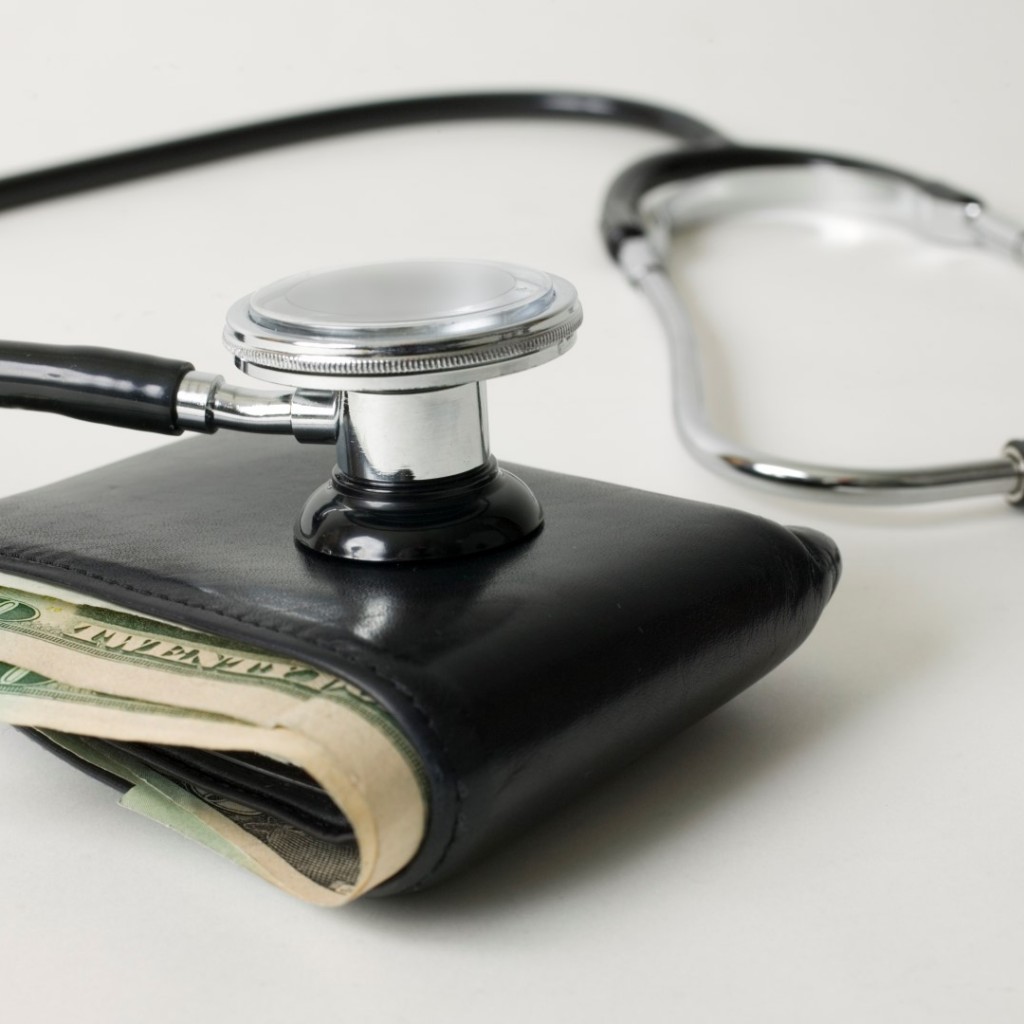
An insurance lobbyist hopes at least to win legislation next year allowing the state to negotiate drug prices for Medicaid patients, and requiring drug companies to disclose more information about their pricing, as a means to control pharmaceutical costs.
Price controls, said Paul Sanford of the Florida Insurance Council, would be a much bigger lift, and would have to happen on the national level.
But requiring price transparency as a condition of doing business in Florida might be realistic within a year or two, he said.
“If you really want to cut costs, you’re going to have to take some draconian steps,” Sanford said during a panel discussion on high drug costs sponsored by the Campaign for Sustainable Rx Pricing, a national group just beginning to work in Florida.
“Transparency in drug pricing – I think that’s the key,” said campaign representative Christina Johnson, who chaired the talks. She said the campaign itself does not support price controls.
“When an EpiPen goes from $50 to $500, that’s the problem,” she said. “It happens overnight, without warning,” forcing patients “to make a decision between medicine and a mortgage.”
Also represented on the panel were the Florida Association of Health Plans, Wal-Mart Stores Inc., Elder Care Services in Tallahassee, and Tallahassee Memorial Health Care.
The coalition comprises 23 organizations that provide health care in some form, including the Blue Cross Blue Shield Association, the American College of Physicians, the American Academy of Neurology, the AARP, the Federation of American Hospitals, and Wal-Mart.
Prescription drug spending represents nearly 20 percent of health care costs, according to the campaign, and is growing faster than any segment. Spending increased by more than 13 percent during 2014, the largest annual increase since 2003, and by another 12.2 percent in 2015, the campaign said.
Largely driving the trend are the costs of specialty medications — drugs for conditions including cancer, multiple sclerosis, and hepatitis C — that require special handling.
These expenses exceed the consumer price index and are expected to comprise 44 percent of spending on drugs by next year. They account for 73 percent of spending on medicine.
Spending on 10 breakthrough drug therapies will cost the government nearly $50 billion over a decade, the campaign said.
Regarding Medicaid drug price negotiations, Sanford said following the panel discussion: “That’s not a stick in the eye to drug manufacturers like transparency, filing your prices.”
Yet it might seem attractive to lawmakers facing a tight budget next year.
If we can say, ‘We’re going to save some half-billion dollars by negotiating,” they’ll become very interested in doing it.”
Speaking for consumers was David Rothschild, a Parkinson’s patient who lives in Tallahassee. He said his out-of-pocket costs for one medication would hit $700 per month, if he didn’t buy it for $45 online.
“I wasn’t going to give my retirement entirely to the drug companies,” he said.
Even then, he has problems with misdirected deliveries.
“If I take the medicine, I don’t have to go to a nursing home, or I don’t have to go to a hospital. But if I couldn’t take the medicine, if I couldn’t afford it, I would be forced into one of these facilities. I think you’re well aware of the costs to pay for me in one of those facilities.”
“Rising prices drive up health care costs for all of us,” Johnston said.
“Businesses are forced to raise costs and cut wages. Consumers are forced to chose between paying for medicine and paying their bills. Workers delay care, live sicker and are less productive.”



